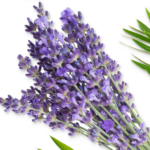Let’s build something
beautiful together
We are a professional skincare brand stocked by beauty therapists all over the world. We offer accessible packages for beauty businesses of all shapes and sizes and we work with you to build a successful and profitable business. If you are interested in becoming an Eve Taylor therapist.

